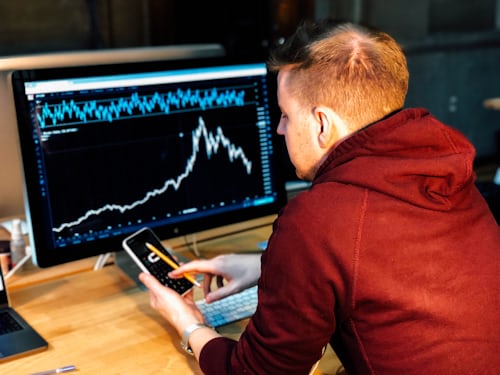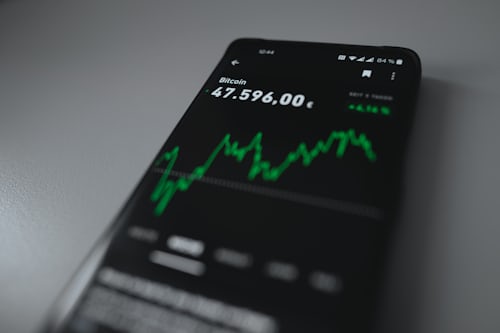Or would you like to realign your investment strategy, but don't yet know how? Customers of branch banks are certainly familiar with the sentence of their investment advisor: "A lot has happened, a lot is currently happening and more will happen - we have to take countermeasures with your portfolio". Translated, this means nothing else than "I have sales pressure and have to turn your portfolio, no matter how."
We want to show you here how to develop your own investment strategy that meets your needs, not those of the person in the bank. Investors differ in terms of their investment mentality. The cautious one will focus on time deposits and overnight money. His counterpart, the opportunity-oriented investor, on the other hand, tends to turn to contracts for difference or options.
What is the difference between a custody account and a portfolio?
At this point we would like to make a distinction between a custody account and a portfolio, as both terms are often used synonymously. A custody account refers purely to the safekeeping and management of securities. It is part of the overall investment portfolio. A portfolio, on the other hand, is made up of many different investment options:
- Deposits (call money, time deposit, savings book)
- Securities deposit (shares, bonds, funds, certificates)
- Real estate
- Precious metals and precious stones
- Works of art
Basically, an investor's portfolio can contain anything that he expects to increase in value in the short or long term.
Contracts for difference (CFDs) and foreign exchange trading (Forex) are somewhat excluded here, as these are not classic forms of investment in exness withdrawal time but short-term trading. The contracts are usually closed on the day they are opened. However, this form of trading can be seen as an accompanying action to classical portfolio building. In this article, however, we want to limit ourselves to securities and deposits when we speak of a portfolio.
In the beginning is self-assessment
Before designing or reorganising a portfolio, every investor should ask himself a few questions in order to also allocate the duration and availability of the assets, the investment assets, accordingly within the framework of his investment strategy.
- How long can parts of my investment be fixed, when might I need money?
- Do I want high returns and do I accept temporary or complete losses in the process?
- Am I frugal in terms of returns, but do I have the greatest possible security?
- What experience do I have with securities and investments?
Securities are divided into seven risk classes, from euro money market funds with risk class 1 to hedge or sector funds with risk class 7. Shares from the DAX30 and the M-Dax, for example, fall into risk class 4, which stands for "solidly earnings-oriented". Euro bonds with a good credit rating in risk class 3. Investment funds reflect the risk class corresponding to the majority of the individual securities contained in the fund.
According to the self-assessment, the theoretical allocation of the portfolio is now made. The composition of an investment portfolio is of course not set in stone, but only those who have a plan can change it. The categorisation of securities into different risk classes is contrasted with the classification of investors into three different investor mentalities:
- The conservative investor, who values security over returns.
- The "balanced" investor, who predominantly focuses on security, but also appreciates an admixture with an above-average risk-reward profile.
- The dynamic investor who consciously focuses on a high risk-reward profile.
For the average investor, as is so often the case in life, the phrase "it's the mix that counts" applies.


